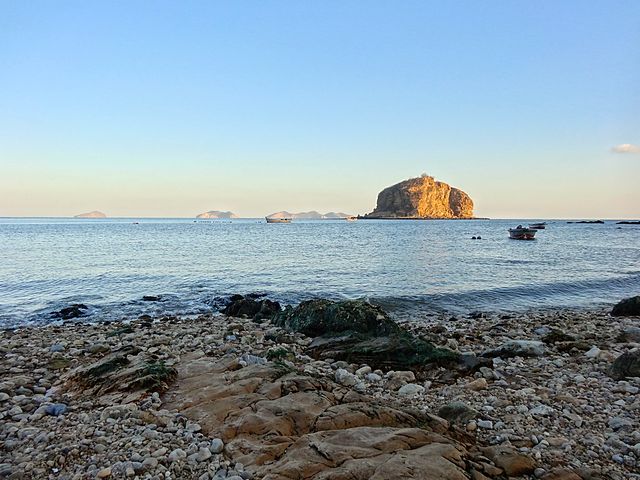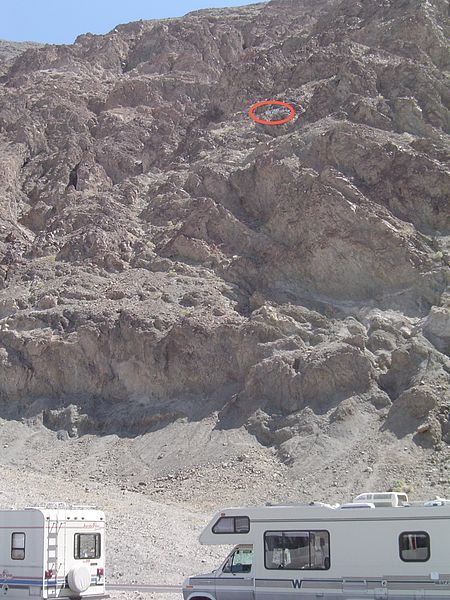Tides are the rise and fall of sea levels caused by the combined effects of the gravitational forces exerted by the Moon and are also caused by the Earth and Moon orbiting one another.
In Maine (U.S.), low tide occurs roughly at moonrise and high tide with a high Moon, corresponding to the simple gravity model of two tidal bulges; at most places however, the Moon and tides have a phase shift.
Low tide at Bangchuidao scenic area, Dalian, Liaoning Province, China
Low tide at Ocean Beach in San Francisco, California, U.S.
Low tide at Bar Harbor, Maine, U.S. (2014)
Mean sea level is an average surface level of one or more among Earth's coastal bodies of water from which heights such as elevation may be measured. The global MSL is a type of vertical datum – a standardised geodetic datum – that is used, for example, as a chart datum in cartography and marine navigation, or, in aviation, as the standard sea level at which atmospheric pressure is measured to calibrate altitude and, consequently, aircraft flight levels. A common and relatively straightforward mean sea-level standard is instead a long-term average of tide gauge readings at a particular reference location.
This marker indicating sea level is situated between Jerusalem and the Dead Sea.
Sea level sign seen on cliff (circled in red) at Badwater Basin, Death Valley National Park
The Last Glacial Period caused a much lower global sea level.
Warming temperatures and melting glaciers are currently raising the sea level.








